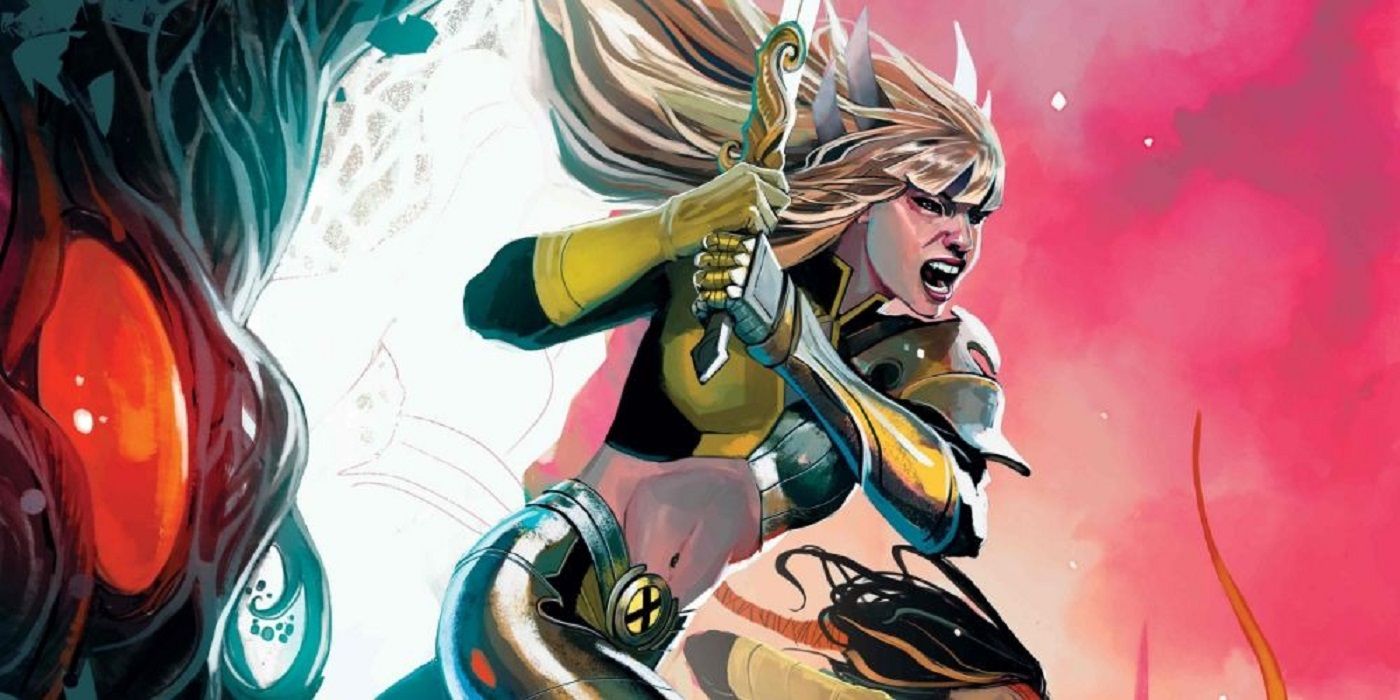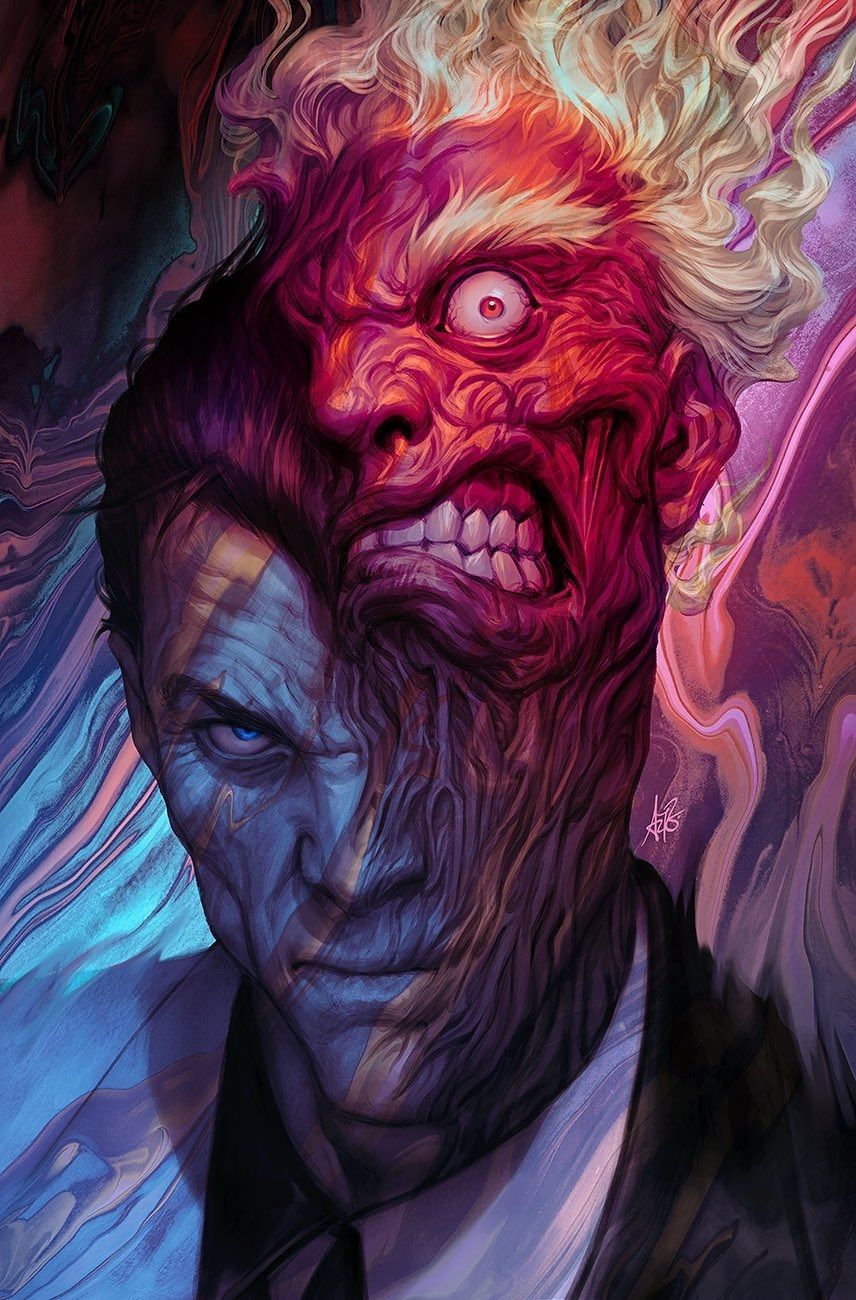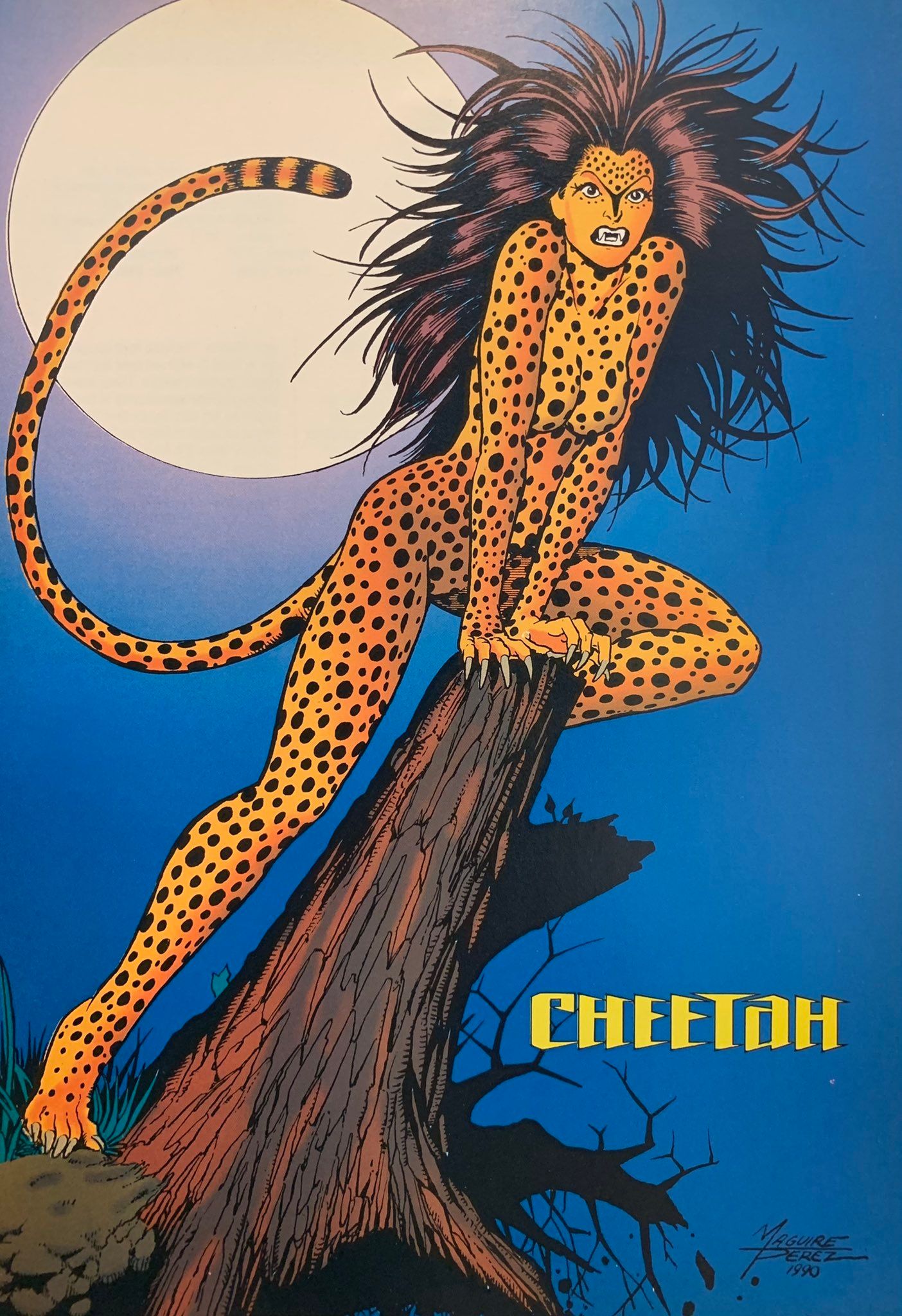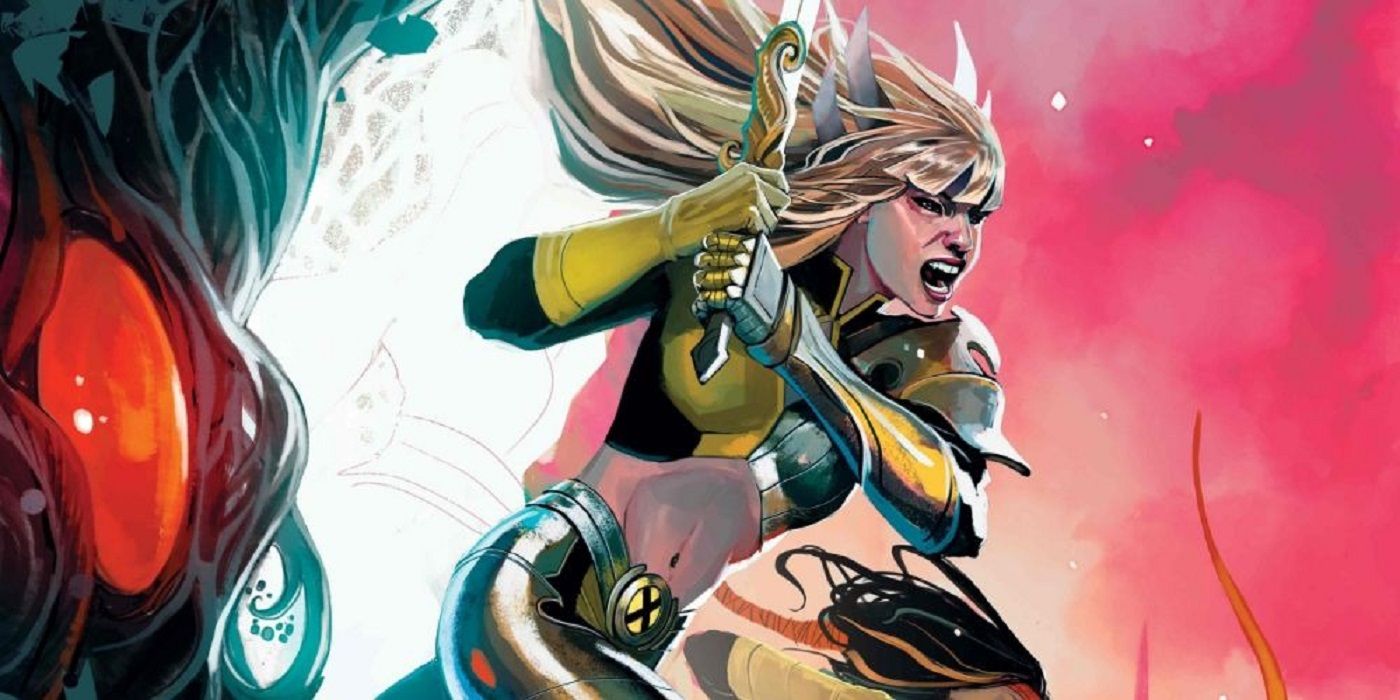Artgerm: The Superstar Artist Talks Art, AI, and Supergirl
Stanley Lau, globally recognized as Artgerm, stands as one of the most sought-after comic book cover artists in the industry. His variant covers are highly coveted by collectors, with a portfolio that spans major comic book companies like DC and Marvel. DC even released a poster book showcasing Artgerm’s covers, driven by the strong demand. This May, the MCM Comic Con London will feature Artgerm as a guest, and CBR had the opportunity to sit down with the artist for an exclusive interview.
CBR: Thanks for joining us! You spent your formative years in Hong Kong before relocating to Singapore. How did this move shape your artistic style and approach?
Artgerm: I was born in Hong Kong, and from a young age, I always loved to draw. My parents were incredibly supportive, encouraging me to pursue my passion without distractions. In those early years, before the internet, I spent my time drawing, inspired by the manga comics and anime magazines I could find. When I moved to Singapore at 18, I was exposed to Western culture, and the English-speaking environment introduced me to superhero comics. This slowly shifted my focus, blending my anime influence with a more superhero-centric style.

CBR: It’s interesting how your work seems to bridge a gap between East and West.
Artgerm: It’s funny—Asian fans often see my artwork as very Western, while Western audiences often categorize it as anime-inspired. My goal has always been to find a visual balance that appeals to both.
CBR: How did you break into comic book art, given your background in design?
Artgerm: My formal education was in graphic design and advertising. After graduating, I worked in an advertising agency for five years doing commercial illustrations. During that time, I started posting fan art on DeviantArt, mostly drawing anime/manga/superhero art based on what people wanted to see. This gained traction, particularly with a Western audience. Leaving the agency, I founded Imaginary Friends, a studio focused on entertainment art, covering covers, games, and more. That’s when I got my first call from DC Comics.
CBR: Before DC you did a book for Radical Comics called “Caliber.” Could you tell us a bit about this?
Artgerm: It wasn’t the best experience, to be honest. It was quite challenging because the quality demanded for every panel was the same level as a cover.
CBR: How did you first connect with DC?
Artgerm: After establishing Imaginary Friends studio, we flew the team to San Diego Comic-Con, giving out brochures of all the artists’ work. We started getting inquiries afterward, including commissions. Our first American comic-related project was a G.I. Joe coloring book with Devil’s Due. Then, one of the editors at DC saw my work, and that’s how my comic career began, starting with the Final Crisis Aftermath: Dance series.

CBR: Your big break came when you were hired to do Batgirl covers. The Great Ten was also a project where you produced some amazing art.
Artgerm: Initially, I worked on many lesser-known series before progressing to more mainstream projects. The Great Ten, with a deal that every issue had a spotlight cover, was a fun series.
CBR: At some point, you went on to design covers for both Marvel and DC. How did you build that level of credibility?
Artgerm: It took time and effort to earn their trust, but eventually, they gave me a lot of creative freedom.
CBR: Your run on Supergirl covers was another highlight. How did that come about?
Artgerm: My wife and I were really enjoying the Supergirl TV series and my wife asked me, why don’t you just do a Supergirl cover run? One year, I was invited to DC office in Burbank, meeting with the chief editor, and I told him that I wanted to do a Supergirl cover run, which they accepted.
CBR: Adding to that, you have an incredible new Supergirl costume design under your belt. What was your inspiration?
Artgerm: I don’t actually read comics, but for Supergirl, I always envisioned a look I call “The Supergirl Next Door.” I aimed for approachable, human, sporty and fun. The costume is a tight fitness compression suit with a tennis-inspired, high-cut skirt and tennis shoes. I showed a little bit of ab definition, which I like in the character design, although DC is not very keen on doing it. I added a turtleneck and removed the cape for better movement.

CBR: It reminds me a bit of Michael Turner’s Supergirl, with a lot of the same energy.
Artgerm: Design-wise, his work was about exposing skin and the persona doesn’t quite fit Supergirl’s persona.
CBR: You’re certainly one of the most prominent artists doing what I like to call “The Three Cs”—covers, commissions, and conventions, while many artists are doing interior pages. Why is that?
Artgerm: DC offered me to do a full book with interiors, but I know my limitations. As an interior artist I would have to commit at least six issues, working month to month. I also have a studio I operate apart from conventions and things like that. I don’t think I’m good enough as an interior artist yet. If I take on an interior job, I cannot work on other covers. I want to maintain a relationship with everyone. It is a win-win situation.

CBR: You’ve experimented with various styles for covers. Are you constantly seeking new approaches?
Artgerm: I don’t have a preconceived way that I must draw a character. When working on variant covers, I aim to bring in a new audience, appealing to gamers and Asian culture. My job is to attract readers who love my artwork, possibly even non-comic readers, and hopefully, to get them to try reading comics. Because I’m not steeped within comic culture, I’m freer to experiment with different styles. My collectors also get a wider variety.

CBR: Often, we see slight variations of the same image on variants.
Artgerm: I submit a cover and the publisher then creates multiple versions.
CBR: You’ve recently done pieces for Marvel Rivals characters. Do you follow current trends?
Artgerm: These covers were just for fun. As a teacher facing students, I’m inspired by the fact that they are always talking about the game. So, I draw the Marvel Rivals, because they are always talking about it.
CBR: Conventions are a large part of your career. Do any stories spring to mind?
Artgerm: At the first San Diego Comic-Con, I had a long queue stretching to the entrance! Because I was at such a small table, some people asked fans in the queue, “What queue is this for?” They said “For Stanley.” People were like, “You mean Stan Lee?” Another benefit to conventions is meeting my fans who love the characters that I have created. My wife joins me now, and this has been really fun because I can show her my world, and the way the audience reacts to my work.
CBR: You’ve had an interesting journey, from the early days before social media to today. What’s a key lesson you teach your students about social media?
Artgerm: Social media demands interaction. You need to share other artists’ work. A lot of people chase followers, but of all my followers, maybe 0.001% would buy something. The number one thing is, when it comes to social media, you’re selling a product. Always focus on your artwork, and don’t let your audience change how you approach your work. The number one fan should be yourself.
CBR: What’s it like being an AI prompt?
Artgerm: I think it’s cute. But I also think this has given me extra fans. They found, “Oh, this is a real artist, a real person.”
CBR: AI is obviously changing the art world. What’s your take?
Artgerm: AI will take over many art-related jobs, especially in game development. My art is the final product, that’s not something that will be replaced by AI. Yes, in-betweens can be done via AI, where they don’t need in-between artists. The rise of AI has led many artists to focus more in traditional art.

CBR: What happens when you get a book assignment where you don’t know the character?
Artgerm: I try to ensure I know about the character before I commit to a project. I was asked by DC to work on the Cheetah cover. I knew she was an enemy with Wonder Woman. I later found out that her latest design is an actual Cheetah-like creature! It was hilarious.

CBR: Having fans all over the world must allow you and your wife to travel to many different places. Is that right?
Artgerm: Now, my wife keeps asking me to go on a world tour! MCM Comic Con London will provide a new experience for us as a couple.
CBR: Thanks so much for your time!


